I am carried about on the circularly flowing strings within dim and transparent emerging elements and an odd mixture of electronic textures, granular and glitchy, and decorated with humorous abrupt collages.
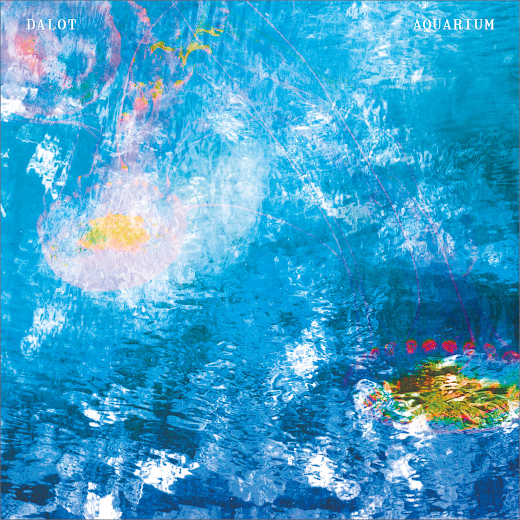
We are under water
Combining serious compositional skills with a subtle sense of melodic humor, I am carried about on the circularly flowing strings within dim and transparent emerging elements and an odd mixture of electronic textures, granular and glitchy, and decorated with humorous abrupt collages.
It is said that Aquarium tells the story of a lionfish who lives inside a fish tank of an aquarium. A microcosm is opened up through sounds and music so we can all give a closer listen to its routine as it unravels within its confinement: repetition, cohabitation, competition, survival and reflection. Oh, but that brings the first question; What do we hear? How can our hero survive and keep up with the life inside the fish tank? A magnetic and imposing jellyfish called Medusa makes an appearance. Medusa dances and hypnotizes all the fish and is a glowing underwater symbol of water pollution, of the degradation of marine life due to climate change and of human presence.
Going deeper, the musical tableau inside Aquarium draws from a variety of influences including Greek kid’s tv shows from the 80s and early 90s as well as more contemporary influences often encountered in the sound of Dalot leaning towards more minimalist, electronic and experimental sounds. From the inside, “The music featured in the album is an adaptation of the original soundtrack composed for the dance performance for children titled “Aquarium” by Caterini Dinopoulou commissioned by the Municipality of Chania and KEPPEDIH-KAM presented as part of the “Open Sails” Festival 2021.”
It is time to find the “Opening*” (4:24) and there is a very slow fade into loopy glitchy strings and keyboards, a refreshing simple and extended first of ten presentations. Sometimes I think I hear certain instruments but I have been caught wrong before, so I will try to summarize. Piano, electronics, xylophone, flute, pan pipes, that is what I would try to guess, with today’s sophisticated sampled electronics my ears are usually proven to be wrong, so I should avoid guesswork.
Now we fade ::
Now we fade in loopy, “Waking Up” (3:22) and bringing signs of life. I hear a steady beat with steel drums that are tapping and dinging. Now I might hear a xylophone or maybe a wooden tongue drum played with mallets. Awaking a ticking clock beat, light comical, turning into a lively jazzy number with the whole band and a trapezoid drum kit. Somehow it sounds to me like the chorus emulates the way loops sound, and the loose outro drifts into chaos. Sit quietly. Soon, emerging gently and certainly friendly, “Peekaboo” (4:36) features deeper strings and electronics, I don’t know which came first. Soon the xylophone joins and the whole band is engaged in a repeating pattern, round and round we go, through hills and dales with hidden surfaces that expand with strings and the host xylophone.
The fourth track starts cold, “Everyday Routine” (4:45) building on the xylophone and guitar, adding plucked strings creating a repeating pattern. Next, the bass takes hold, followed eventually by a dry pan pipe sounding instrument and turning the piano into organ back to xylophone with organ, heading towards churning cranking around and around, which ends cold. I like to repeat this track.
“Rocks and Sharks” (5:31) also has a way into my heart, the rhythm writhes about slow then fast and then slow moments, with a mostly stoned piano. I see nothing, but I hear a tense presence. Something hidden is wandering in the deep and getting closer, these could be the sharks coming. A flute and piano fit a tight pattern that floats into a waddling dance. I love electronica with flutes, the tonality and wandering melodic improvisation stays mysterious the whole way, into the bubbling little granular moments. It sounds like flowing foam in the crevices of the rocky beach, soon drawn down into the caverns below, where the world is dark and submerged in the bottomless water.
Opening with a piano, “Bubbles” (5:34) reveals another mysterious presence, an odd electronic collage with vintage MIDI game sounds and the sound of actual bubbling for a few moments bright and clear at the beginning then hidden. For now, these are the biggest bubbles. I think I hear a metallic xylophone or a glockenspiel, it could be simply little metal bells noodling and layering until the wind comes along at the end. Another piano and “Medusa” (2:00) makes a grand entrance. I think this could be considered a piano-based sound poem, a portrait of Medusa who is patient and perplexed. Some new wind and then my guess, a melodeon, pumping and capering through the “Medusa’s Dance” (3:27), which starts very slow and soon fades in dramatically. Eventually some Caribbean metallic drums and sweet winds sweeping, and mysterious things humming. Suddenly there is a new melody, jazzy like coconuts, and an electronic harpsichord brings a cycling melody back and forth, with percussive tapping on those coconuts. I tell you the whole band is dancing right up to an abrupt end of the track.
Here is where things turn deep, dark, and slow. “The Swimmer” (5:03) fades up into a dark heartbeat, floating and glowing. I hear piano melodies and now the xylophone. There are new layers in the repeating patterns. It appears that this is the longest track so there is plenty of room to expand, bring in the piano and the gallery of everything else. Slow deep aqueous shadows, “Closing*” (2:15) and we fade in, flying and soaring over a textured garden. It looks to be lifting and flickering, There are strange distant glowing colors. Often things repeat and that has a hypnotic feeling, the world in the tapestry, with shadows and colors, they grow and things vary in the patterns. We are under water.
Greek sound artist Maria Papadomanolaki originally conceived Dalot in 2004 as an informal outlet to share her music experiments via Myspace. Named after a random pick of a word from a French dictionary, Dalot grew to be a longstanding project drawing influences from early post-rock, noise rock, abstract guitar-based music, drone, ambient, shoegaze, minimal electronica, experimental and electro-acoustic music.
Papadomanolaki has been releasing music for her Dalot project internationally both on labels like n5MD, fluid-audio, Time Released Sound, Sound in Silence, Hibernate, Dronarivm, and by hand-crafting her own self-released albums. Her music has also been featured in films, dance performances and audiovisual installations.
Dalot has performed in the US, UK and across Europe and has collaborated and shared the stage with an international array of artists and musicians such as Sound Awakener, Linda Bjalla, Olèna, Giganta, Alexandr Vatagin, Brock Van Wey, Port-Royal, Ruxpin, worriedaboutsatan, Mike Cadoo, Goerge Mastrokostas, Savvas Metaxas and Fil Ieropoulos.
Papadomanolaki is also writing for a closer listen, a home for instrumental and experimental music. She currently lives in Chania, Crete, Greece.
Aquarium is available on Same Difference Music. [Bandcamp | Elsewhere]






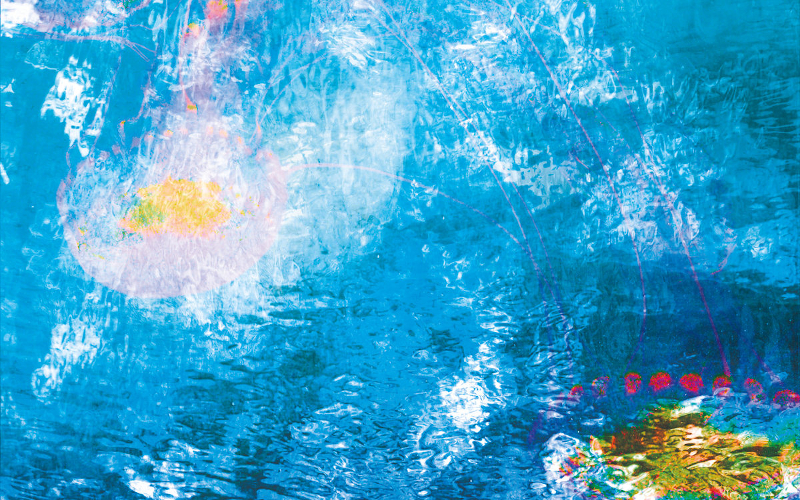
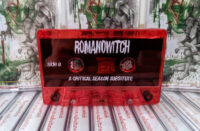
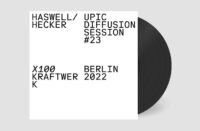
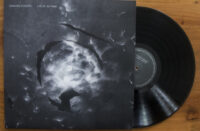



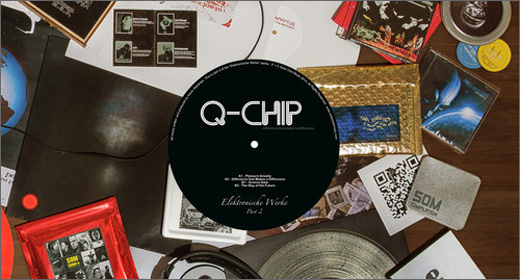
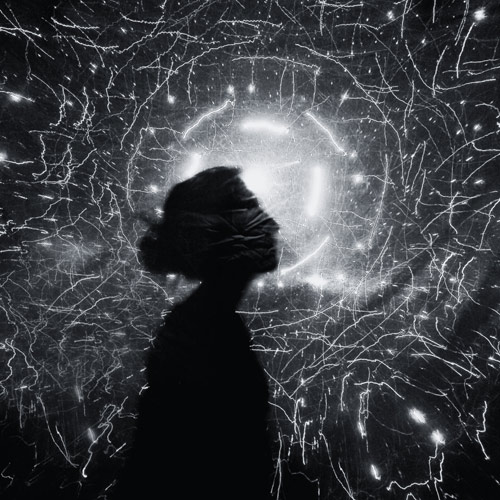
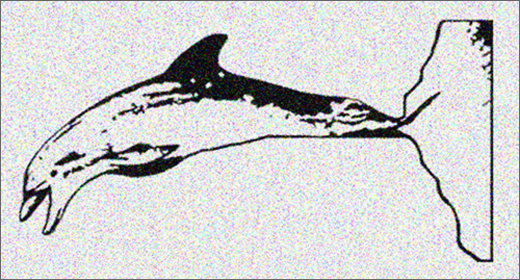
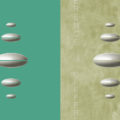
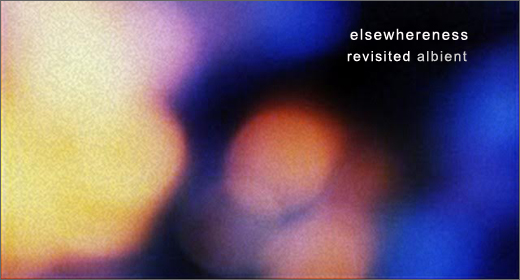
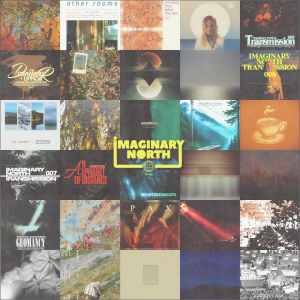

![Romanowitch :: A critical season substitute (glitch.cool) — [concise]](https://igloomag.com/wp/wp-content/uploads/2025/03/romanowitch-a-critical-season-substitute_tape_feat-75x75.jpg)







